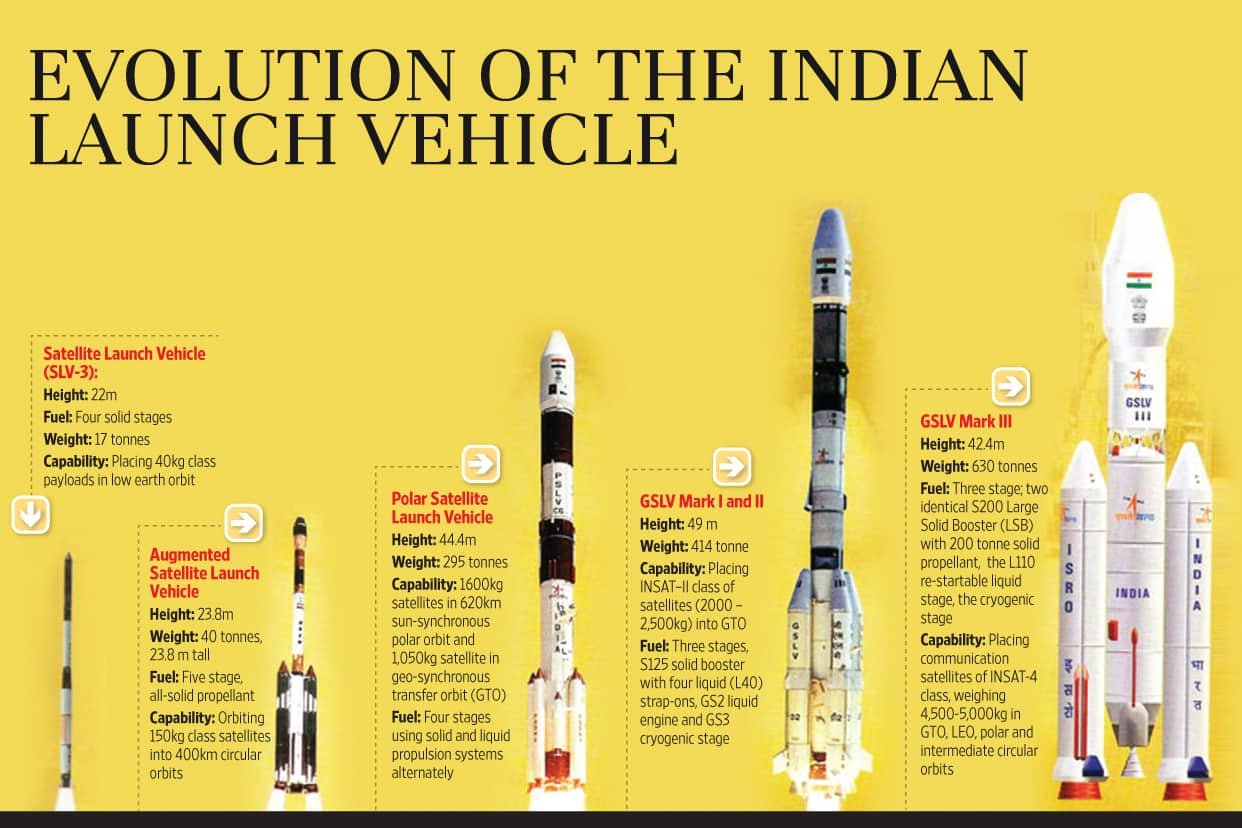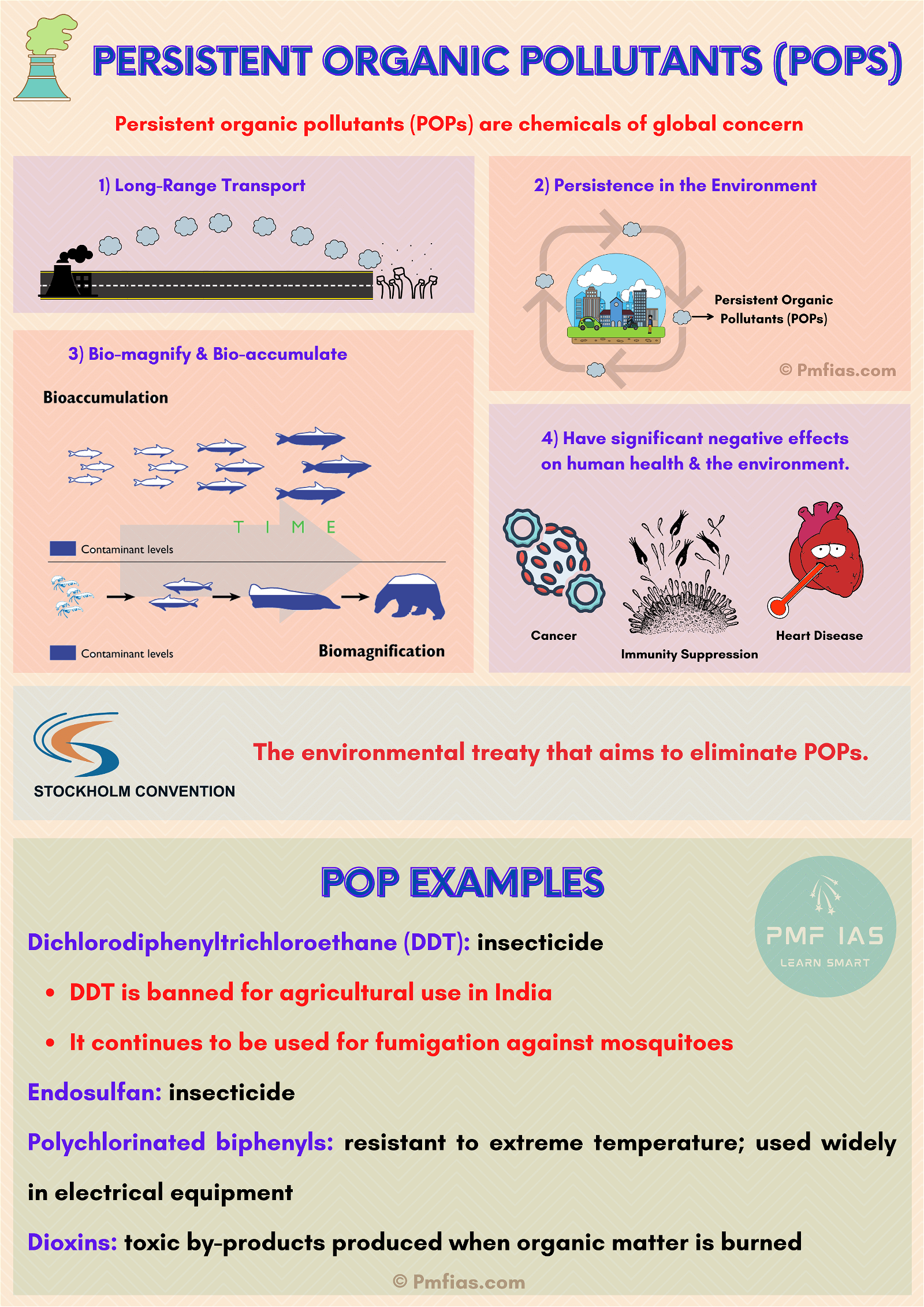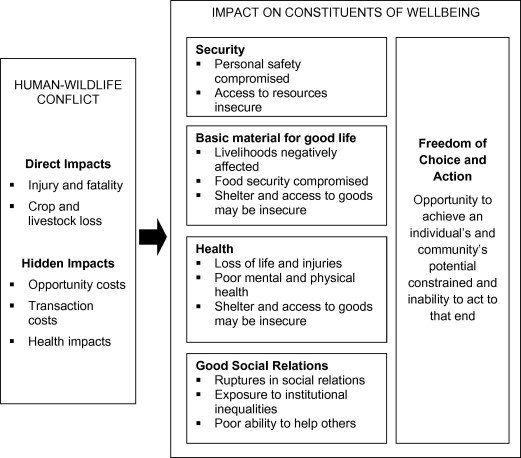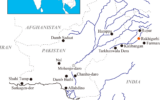
Volcanic activity on Venus
Subscribers of "Current Affairs" course can Download Daily Current Affairs in PDF/DOC
Subscribe to Never Miss an Important Update! Assured Discounts on New Products!
Must Join PMF IAS Telegram Channel & PMF IAS History Telegram Channel
- Context (IE | IE): Recent findings from NASA’s Magellan mission reveal ongoing volcanic activity on Venus, marking the second instance of direct evidence of such activity on the planet’s surface.
- The discovery builds on the discovery of images from Magellan’s synthetic aperture radar.
- The radar images revealed long, sinuous features appearing between the western slopes of Sif Mons, a large shield volcano, and Niobe Planitia, a flat region dotted with volcanic vents.
- Data revealed that radar signal strength increased along certain paths during the later orbits, which suggested the formation of new rock, most likely solidified lava from volcanic activity that occurred during the two-year period.
- The discovery of recent volcanism on Venus provides valuable insight into the planet’s history and why it took a different evolutionary path than Earth.
About Magellan Mission
- The Magellan mission was a deep space mission launched by NASA in 1989 to explore Venus.
- It was named after the Portuguese explorer Ferdinand Magellan, the 1st to circumnavigate the Earth.
- The primary goal of the Magellan mission was to map the surface of Venus using radar imaging with a synthetic aperture radar (SAR), as the thick atmosphere of the planet made visual observation difficult, and to determine the topographic relief of the planet.
Other NASA Mission to Venus
DAVINCI Mission
- The DAVINCI (Deep Atmosphere Venus Investigation of Noble gasses, Chemistry, and Imaging) mission aims to investigate Venus’ atmosphere-climate system and shed new light on the scorching planet’s potentially habitable past.
- It will be the first mission to Venus to incorporate science-driven fly-bys and an instrumented descent sphere into a unified architecture.
- It is tentatively scheduled to launch June 2029 and enter the Venus’ atmosphere in June 2031.
- It is part of NASA’s Discovery Program.
VERITAS Mission
- VERITAS is short for ‘Venus Emissivity, Radio Science, InSAR, Topography, and Spectroscopy’.
- It will orbit Venus with a radar that will help to create a three-dimensional reconstruction of its topography, which might reveal whether processes such as plate tectonics and volcanism are still active.
- VERITAS’ radar will map Venus’ entire surface with at least three times higher resolution than NASA’s previous Venus mapper, Magellan.
- It is part of NASA’s Discovery Program and is scheduled to be launched no earlier than 2031.
Learn in detail about Shukrayaan-1 and Other Venus Missions.







![PMF IAS Environment for UPSC 2022-23 [paperback] PMF IAS [Nov 30, 2021]…](http://pmfias.b-cdn.net/wp-content/uploads/2024/04/pmfiasenvironmentforupsc2022-23paperbackpmfiasnov302021.jpg)











